Kayak Fishing for Beginners: Tips for Stability and Safety
Kayak fishing combines the tranquility of paddling with the excitement of angling, creating an affordable and accessible way to reach fishing spots unavailable to shore anglers or larger boats. This rapidly growing sport enables nature enthusiasts to approach fish in shallow waters silently, while enjoying an eco-friendly and healthy outdoor activity.
For beginners, however, the prospect of balancing fishing gear on a narrow watercraft can seem daunting. This comprehensive guide will walk you through essential tips for maintaining stability and ensuring safety as you embark on your kayak fishing journey, helping you build confidence on the water while avoiding common pitfalls that newcomers often face.
Understanding Kayak Fishing Basics
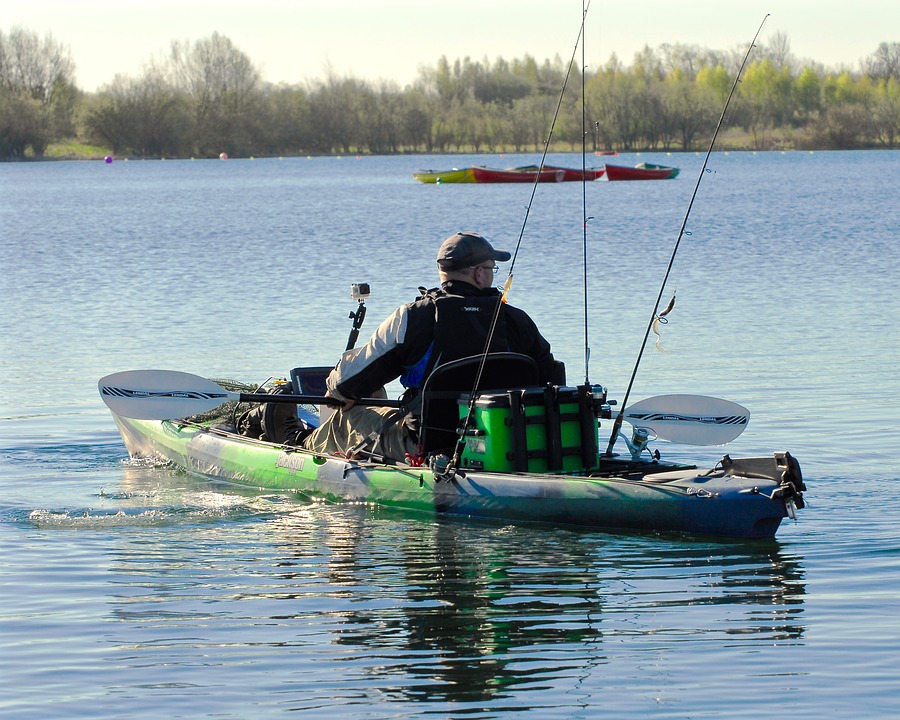
Kayak fishing differs significantly from traditional boat fishing or bank fishing, requiring specific skills and equipment adaptations. Unlike larger vessels, fishing kayaks put you closer to the water, offering a more intimate connection with your environment and the fish below. These specialized watercraft typically range from 10 to 14 feet long and feature wider, more stable designs than recreational kayaks.
Most fishing kayaks come equipped with rod holders, tackle storage compartments, and sometimes pedal-drive systems or motor mounts. Before venturing out, familiarize yourself with your kayak’s weight capacity, handling characteristics, and storage options to ensure you’re properly prepared for a day of fishing on the water.
Choosing the Right Fishing Kayak
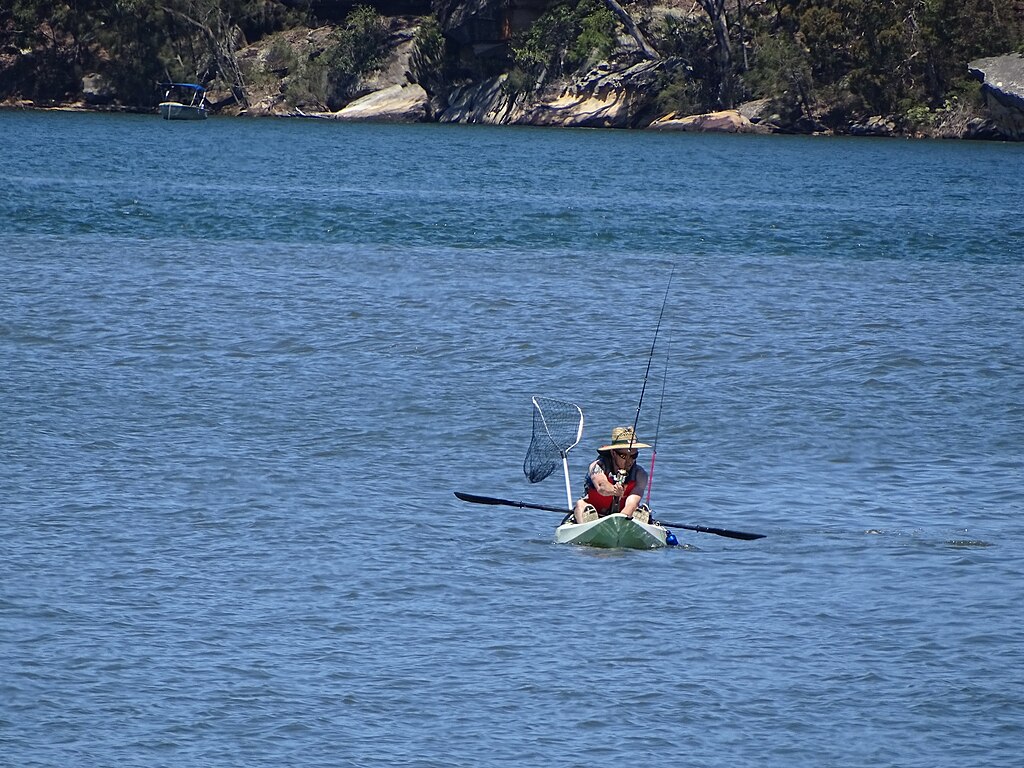
Selecting an appropriate kayak forms the foundation of a safe and enjoyable fishing experience. For beginners, sit-on-top models offer superior initial stability and ease of entry compared to sit-inside versions. Look for kayaks with a width of at least 30-34 inches, as wider hulls provide better primary stability while you’re casting and reeling in fish.
Consider your local fishing environment—calm lakes demand different features than coastal waters or rivers with currents. Many beginners find that fishing-specific kayaks with pontoon-style hulls or tri-hull designs offer reassuring stability. While higher-end models with pedal drives allow hands-free fishing, traditional paddle kayaks provide excellent value for newcomers testing the waters of this engaging sport.
Essential Safety Equipment
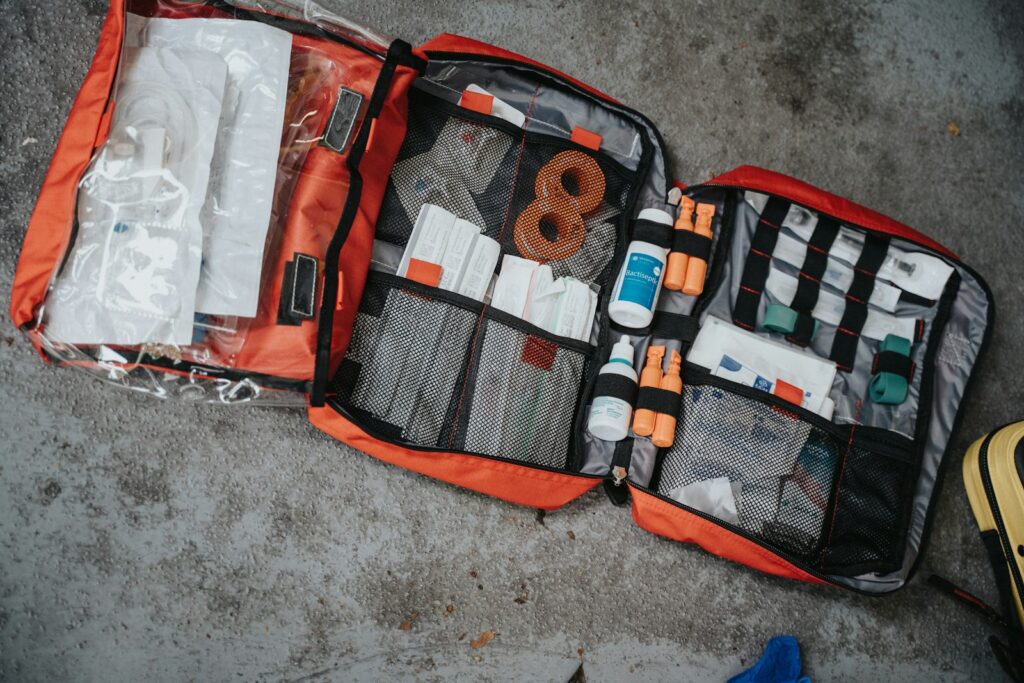
Safety equipment isn’t just recommended for kayak fishing—it’s essential for ensuring your adventures remain pleasant memories rather than cautionary tales. Always wear a properly fitted, Coast Guard-approved personal flotation device (PFD) designed for paddling activities, regardless of your swimming ability or water conditions.
Carry a whistle or horn for signaling in emergencies, and invest in a waterproof VHF radio if venturing into coastal waters. A bilge pump or bailing device helps remove unwanted water from your kayak, while a paddle leash prevents you from becoming separated from your primary means of propulsion. Additionally, pack a first aid kit in a waterproof container, a flashlight or headlamp for visibility, and ensure someone onshore knows your planned route and expected return time.
Mastering Basic Paddling Techniques
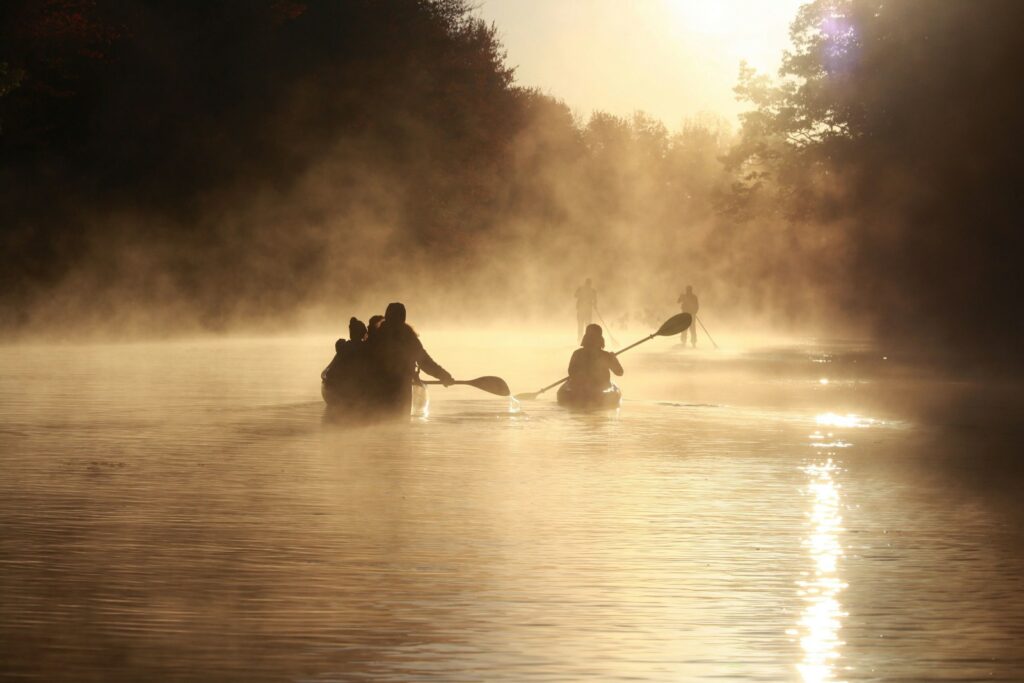
Developing proper paddling technique creates the foundation for stability and efficient movement on the water. Before adding fishing gear to the equation, practice basic forward, reverse, and turning strokes in calm, shallow water near shore.
When paddling forward, reach ahead and pull the paddle alongside the kayak with your torso rotating rather than just using arm strength. For turning, use sweep strokes where you extend the paddle in a wide arc away from the kayak. Maintain a relaxed grip on your paddle to prevent fatigue and wrist strain during long outings.
Regular practice builds muscle memory that allows you to make small corrective strokes while managing fishing equipment, maintaining position in wind or current, and responding to changing conditions.
Proper Weight Distribution
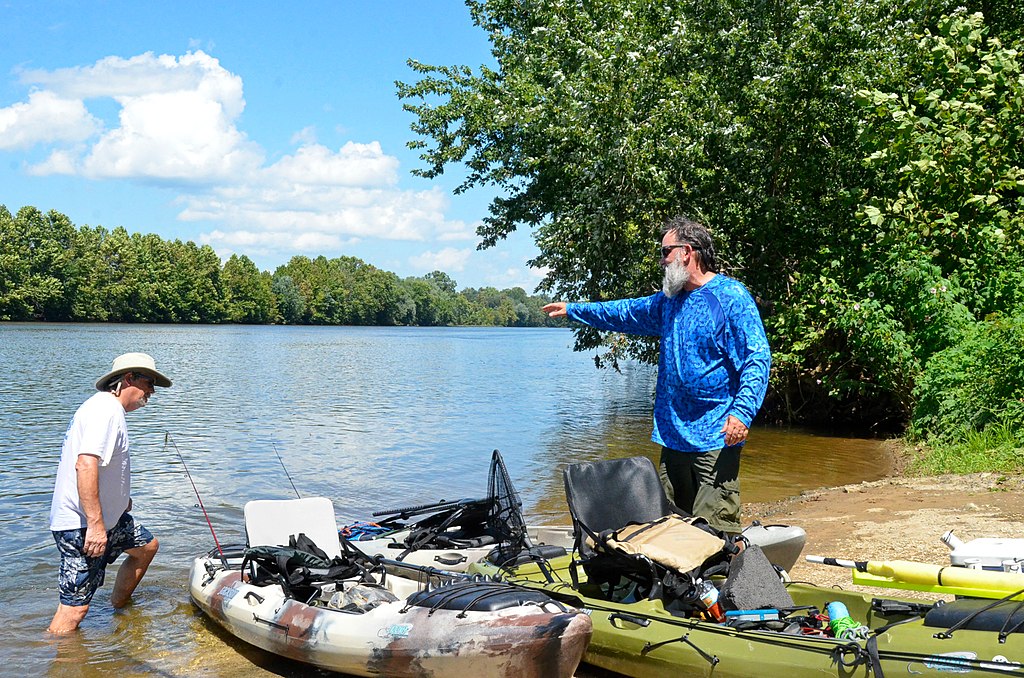
Balancing weight properly throughout your kayak significantly impacts stability on the water. Position heavier items like coolers, tackle boxes, and batteries low and centered in the kayak, keeping the craft’s center of gravity as low as possible.
Avoid stacking equipment high or concentrating weight at either end of the kayak, which can make the vessel prone to tipping or difficult to maneuver. When loading your kayak, distribute your gear evenly on both sides to prevent listing to port or starboard.
Many experienced kayak anglers use the forward hatch for lighter items while keeping heavier gear within arm’s reach behind the seat. Remember that your own body represents significant weight—practicing proper posture with your weight centered helps maintain stability during active fishing movements.
Entering and Exiting Safely
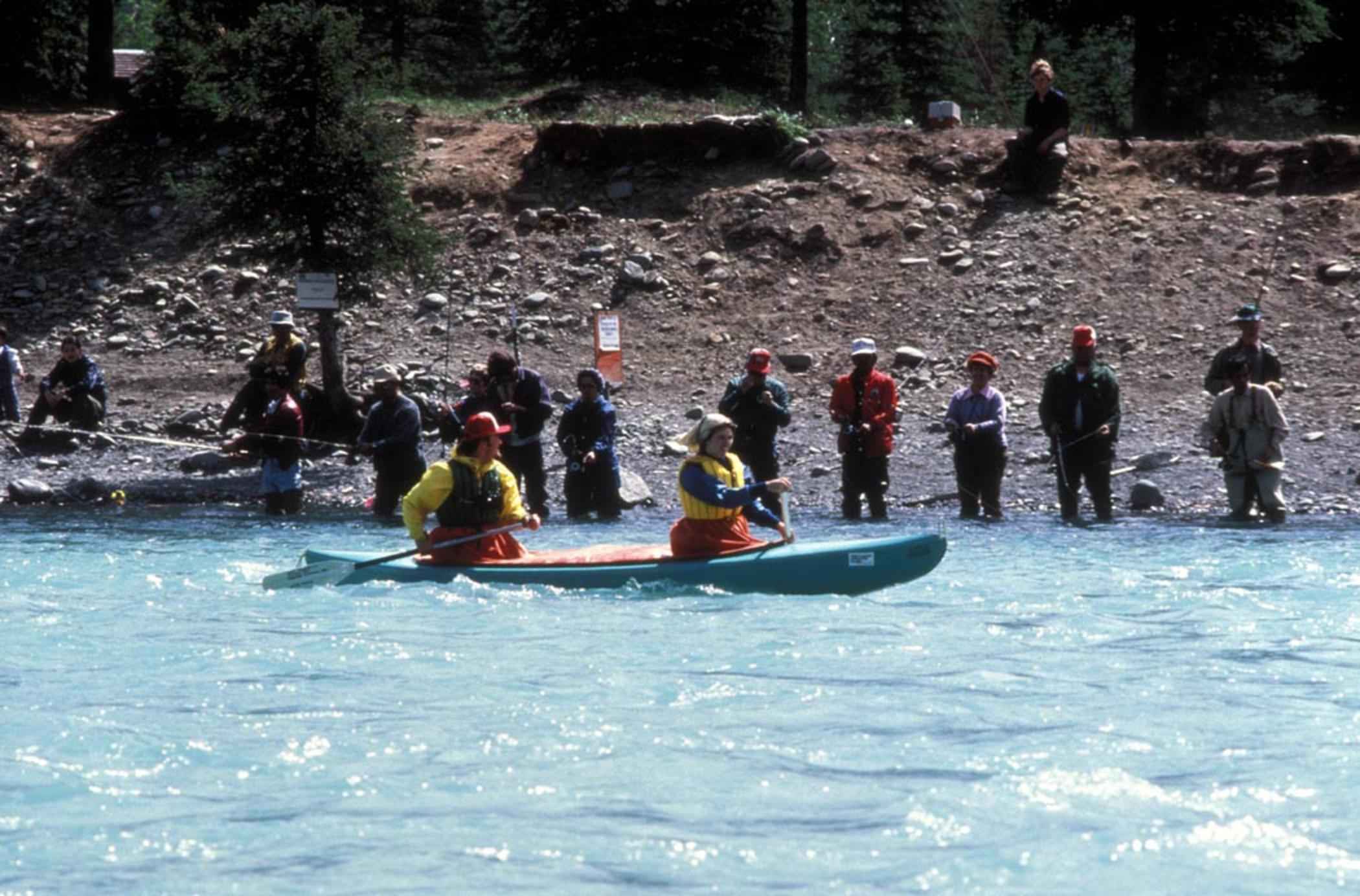
Many kayak fishing mishaps occur during the entry and exit phases, making proper technique crucial for staying dry and safe. Launch your kayak in shallow, calm water whenever possible, keeping your center of gravity low by squatting rather than bending at the waist. For shore launches, position your kayak perpendicular to the shoreline with the bow pointing toward open water, then straddle the kayak before carefully lowering yourself onto the seat.
When launching from docks, sit on the edge with your legs inside the kayak, then use your arms to lower your body into position. Practice entry and exit techniques in controlled environments before attempting launches in challenging conditions, and consider using a launch assistant such as a kayak launch aid or having a friend stabilize your craft during these vulnerable transitions.
Weather Awareness and Planning
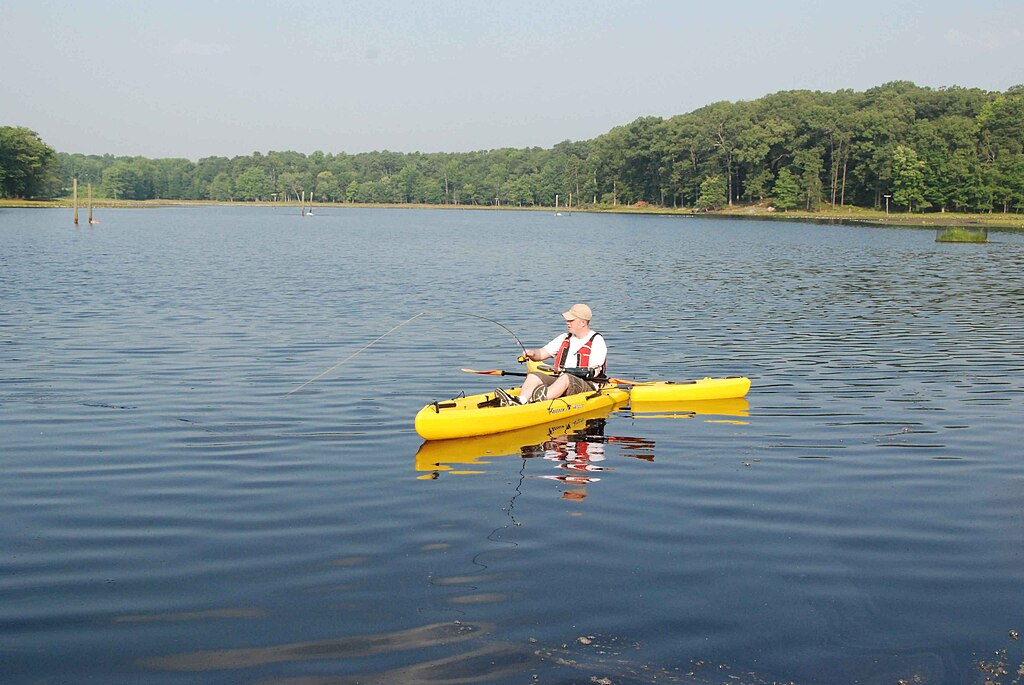
Weather conditions dramatically impact kayak fishing safety, with wind presenting the greatest challenge to stability and navigation. Before heading out, check detailed weather forecasts, paying special attention to wind speed, direction, and potential weather changes during your planned outing. As a beginner, avoid winds exceeding 10 mph, as stronger gusts can quickly push kayaks into dangerous situations and make paddling back to shore exhausting.
Be particularly cautious of offshore winds that can carry you away from land. Water temperature deserves equal consideration—cold water requires additional safety precautions including appropriate thermal protection. Plan your trips during the calmer morning hours when winds are typically lighter, and always prepare for conditions to worsen by having a clear exit strategy if weather deteriorates unexpectedly.
Managing Fishing Equipment
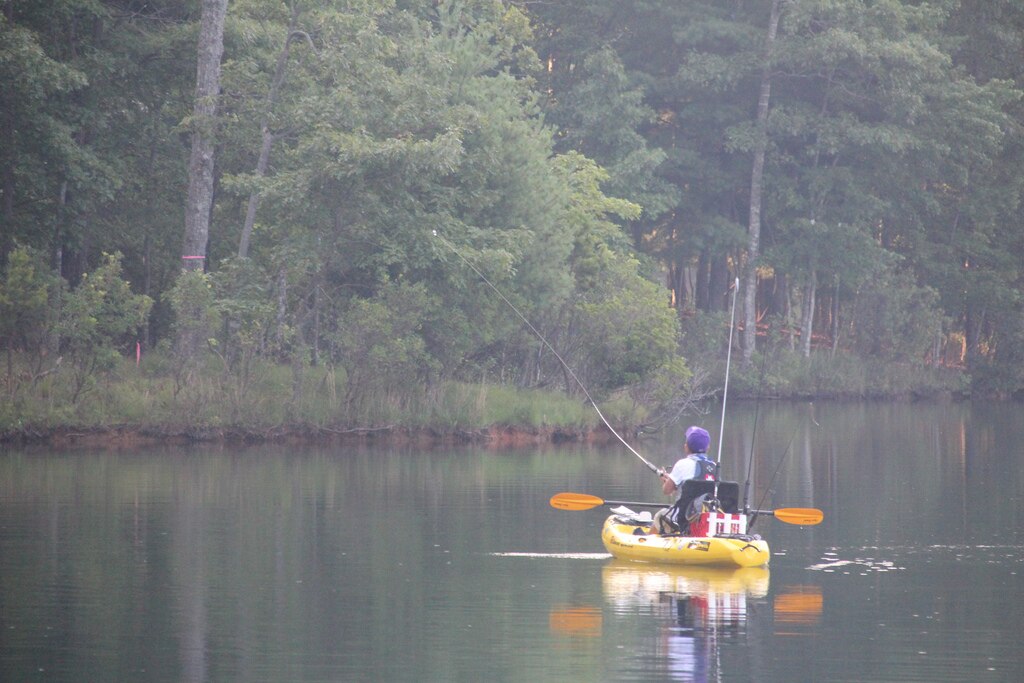
Efficiently organizing fishing gear minimizes movement and prevents the chaotic scrambling that often leads to instability.
Secure loose items with bungee cords or within designated storage compartments to prevent shifting weight during paddling or fishing activities. Leash valuable items like pliers, fish grips, and especially your fishing rods to prevent losses overboard. Consider installing rod holders in positions that allow easy access without requiring dramatic weight shifts—behind the seat for trolling and forward-angled holders for casting accessibility.
Many kayak anglers use milk crates modified with PVC rod holders as affordable, removable storage solutions. Pre-rig several rods before launching to minimize on-water preparation, and keep only essential tackle accessible in a small waterproof box rather than bringing your entire collection.
Casting Techniques for Stability

Adapting your casting technique for kayak fishing helps maintain balance while effectively presenting your lures. Instead of standing to cast as you might from shore, use lower, side-arm casting motions that keep your center of gravity stable. When casting, rotate your torso rather than shifting your weight to one side, which can tilt your kayak dangerously. For longer casts, try the roll cast technique where the lure never travels behind you, reducing the risk of hooking yourself or equipment.
Practice makes perfect—spend time casting in shallow water near shore before venturing into deeper areas. If your kayak has sufficient stability and you’re determined to stand while casting, first practice standing and balancing without fishing gear, then gradually incorporate gentle casting motions as your confidence builds.
Handling Fish Safely
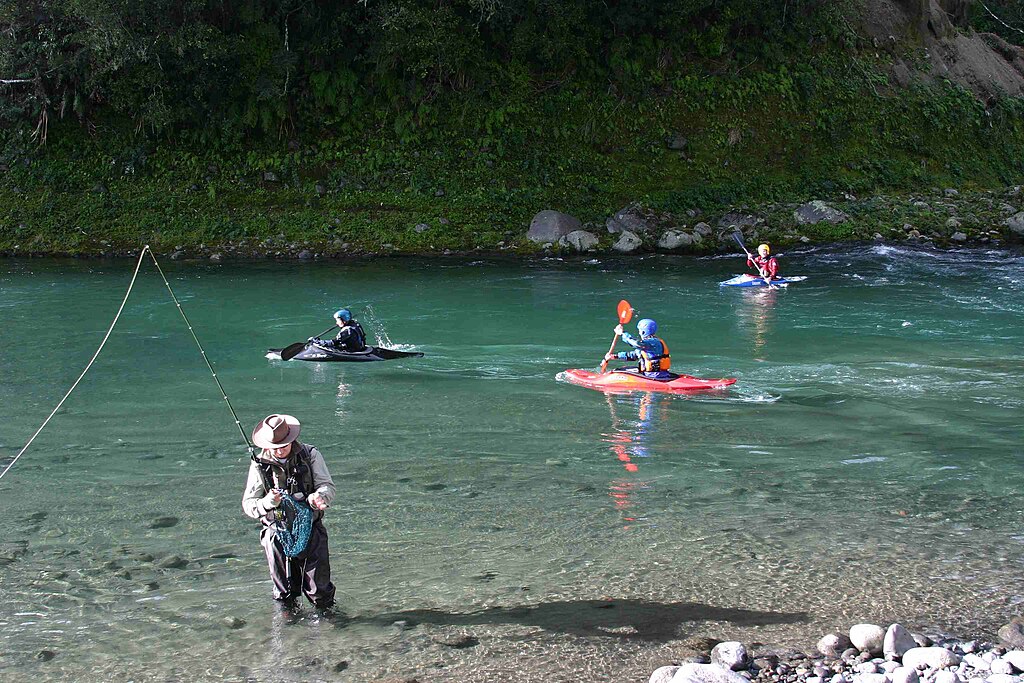
Successfully landing fish from a kayak requires techniques that maintain your stability while protecting both you and your catch. Rather than standing to net fish, use a compact landing net with an extendable handle that allows you to reach without leaning dangerously. When a fish is alongside your kayak, apply gentle pressure to guide it toward your dominant hand side for easier handling.
For catch-and-release fishing, consider using fish grips or pliers with built-in scales that allow you to unhook and weigh fish without removing them from the water. Larger fish that might destabilize your kayak when brought aboard can be secured alongside using a fish stringer until you reach shore. Remember that your primary concern for stability during landing is avoiding sudden movements that shift your weight—patience and proper technique take precedence over speed and excitement.
Recovery from Capsizing

Despite your best efforts, capsizing remains a possibility for all kayakers, making recovery skills an essential piece of knowledge. Practice self-rescue techniques in controlled environments with supervision before venturing into open water. The most common recovery method, the scramble recovery, involves approaching your overturned kayak from the side, positioning yourself at the center, and pulling yourself onto the bottom of the hull before rolling back into the cockpit. Alternatively, many anglers use float bags or pontoon outriggers to provide additional stability and facilitate easier recovery.
Always secure your paddle first during a capsize event, as losing your primary means of propulsion creates a dangerous situation. Wearing quick-drying clothing and securing gear with leashes minimizes losses during unexpected swims, while regular capsize practice builds confidence and reduces panic in the event of an actual incident.
Navigation and Awareness
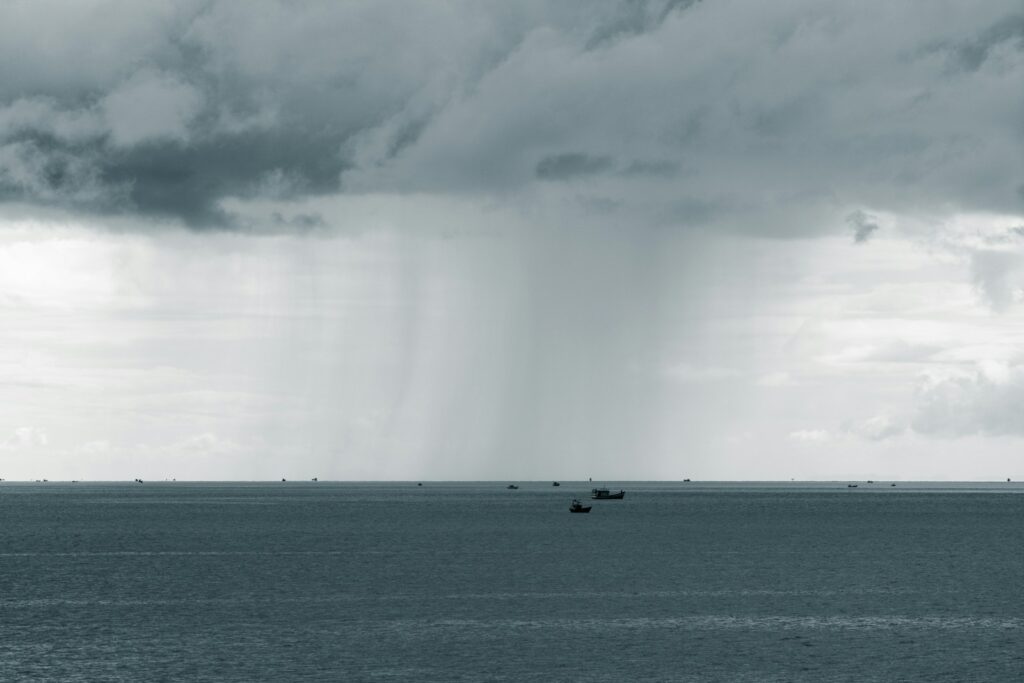
Maintaining situational awareness prevents many dangerous scenarios before they develop. Always be conscious of your position relative to your launch point, accounting for changing winds, currents, and tides that might affect your return journey. Carry navigation tools appropriate for your fishing environment—waterproof maps for inland waters or charts for coastal areas, plus a compass and potentially a GPS device in waterproof housing.
Avoid high-traffic boating channels where larger vessels might not notice a low-profile kayak, particularly in limited visibility conditions. Pay attention to changing weather patterns like building cloud formations or shifting winds that might signal approaching storms. Many experienced kayak anglers use the “one-third rule”—using one-third of your energy to reach your destination, one-third for fishing, and reserving one-third for the return journey.
Fishing in Different Water Conditions
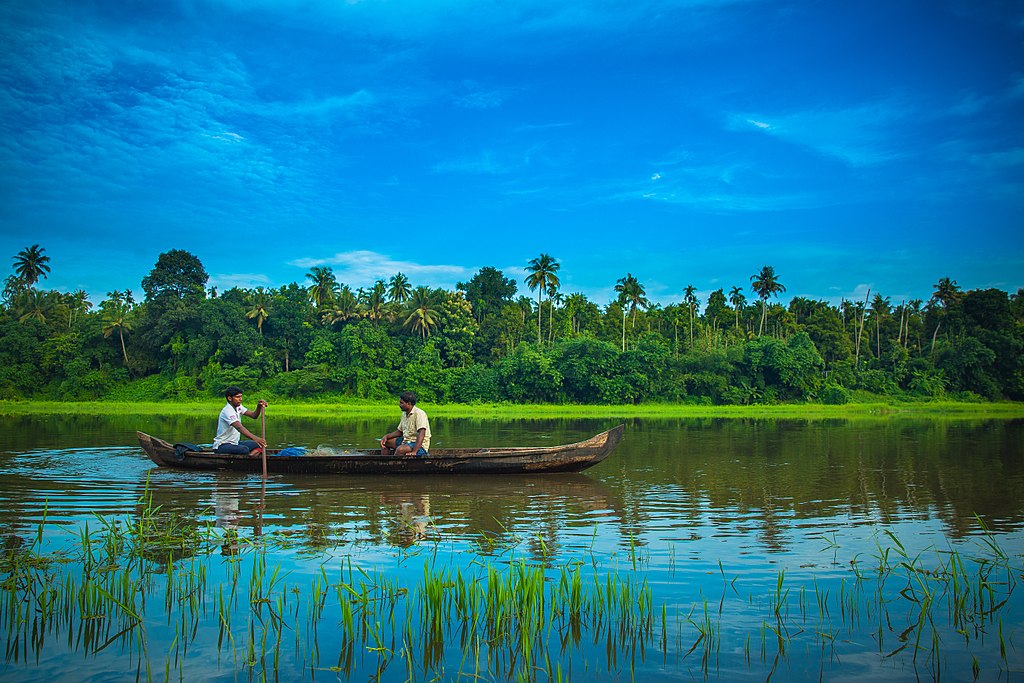
Different water environments present unique challenges requiring specific stability strategies. On lakes and ponds, be wary of unexpected wind gusts that can create choppy conditions, and position your kayak perpendicular to waves to maintain stability.
River fishing demands awareness of current strength and direction—position yourself upstream of your target area and use minimal movements to maintain position. In coastal environments, understand tide schedules and avoid fishing during tide changes when currents are strongest.
For ocean kayak fishing, learn to read wave patterns and approach larger swells at 45-degree angles rather than perpendicular. Begin in protected waters, such as small lakes or calm bays, before progressing to more challenging environments. Gradually build the skills and confidence needed for diverse fishing conditions.
Building Confidence Through Practice

Developing comfort and stability on your fishing kayak requires deliberate practice beyond actual fishing outings. Dedicate several sessions to stability drills in shallow, warm water where consequences of capsizing are minimal. Practice reaching to different areas of your kayak without losing balance, retrieving dropped items securely, and making controlled movements while simulating fishing actions.
Gradually introduce complexity by adding mild current, light waves, or gentle wind to your practice environment. Join local kayak fishing clubs or online communities where beginners can find mentors willing to share location-specific knowledge and techniques.
Remember that building skill takes time—most experienced kayak anglers once felt the same uncertainty you might be experiencing now. With each successful outing, your muscle memory develops, movements become more natural, and what once seemed precarious transforms into comfortable second nature.
Conclusion
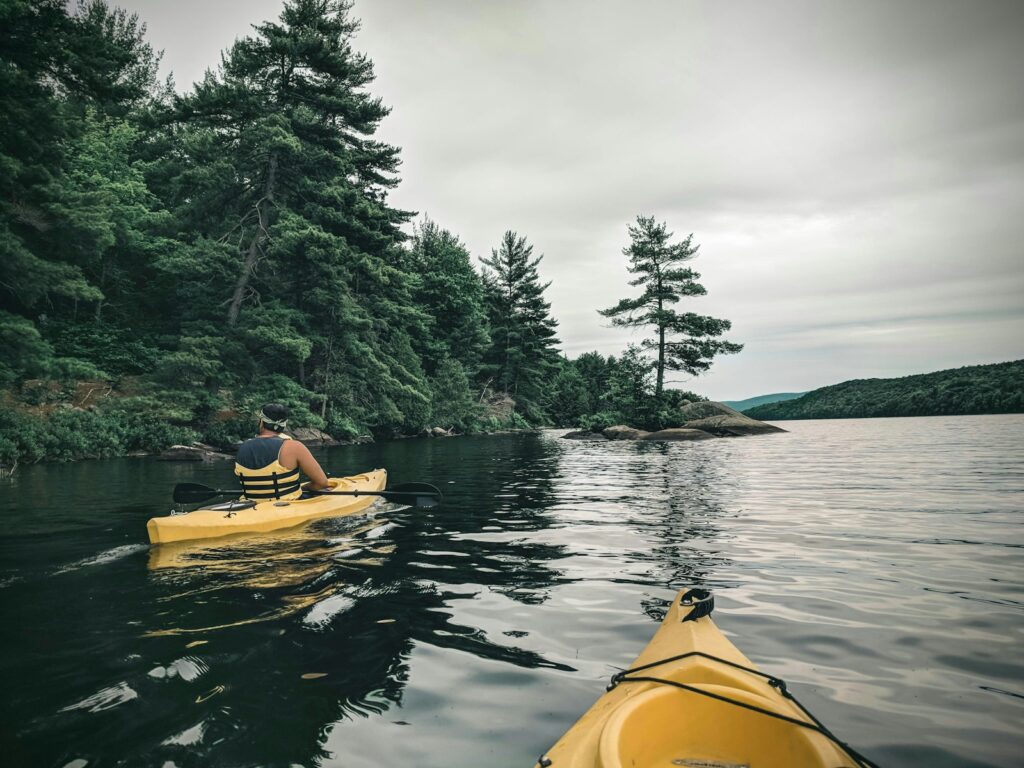
Kayak fishing offers an unparalleled connection to aquatic environments while providing access to productive fishing spots unreachable by other means. By prioritizing stability and safety from the beginning, new anglers can avoid discouraging mishaps and focus on the joy of the experience. Start with appropriate equipment, master basic skills in controlled environments, and gradually expand your comfort zone as your confidence grows.
Remember that even the most accomplished kayak anglers began as cautious novices—patience and consistent practice will transform initial uncertainty into confident competence on the water. With these fundamental stability and safety principles as your foundation, you’re well-equipped to begin a rewarding journey into the peaceful yet exciting world of kayak fishing.
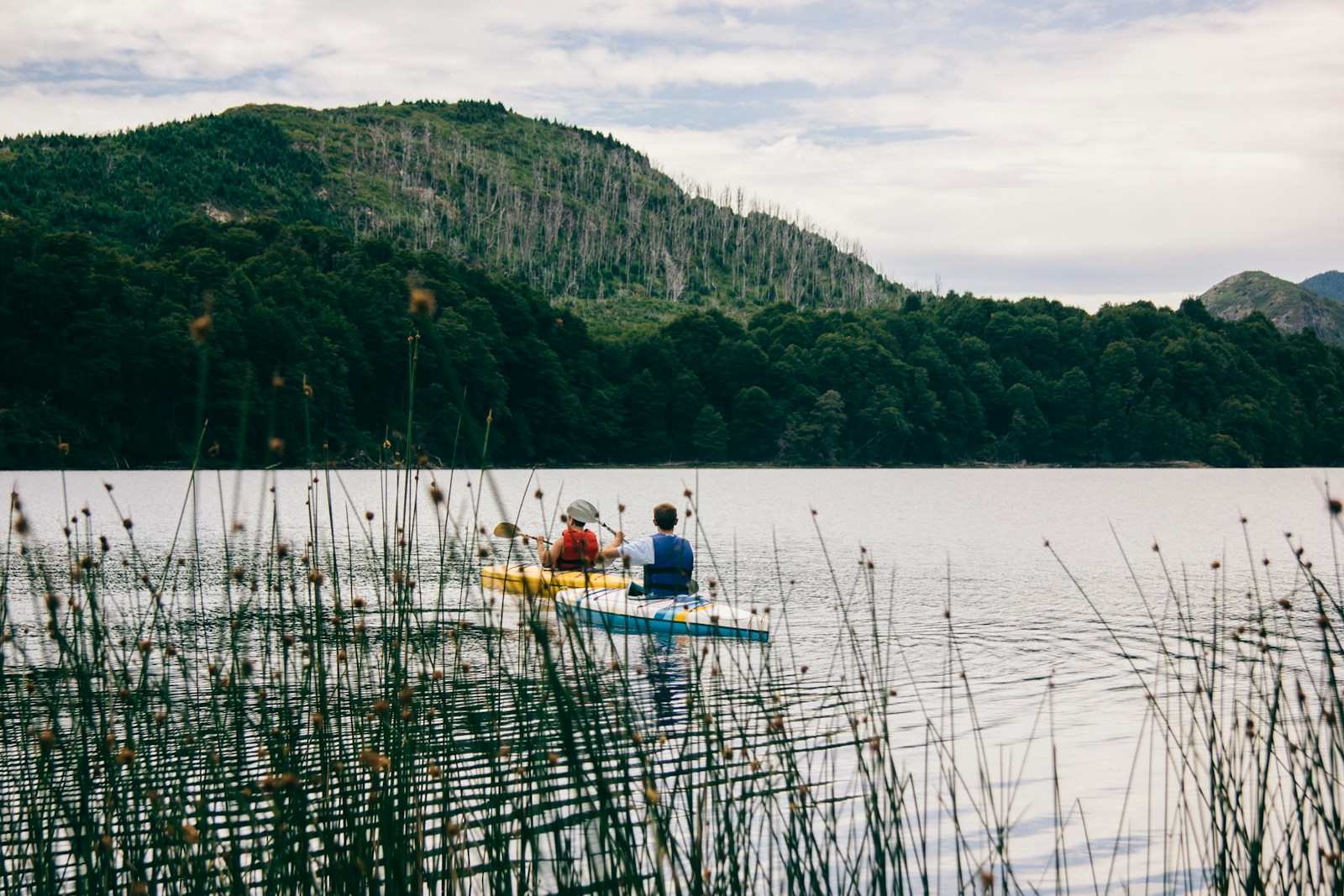

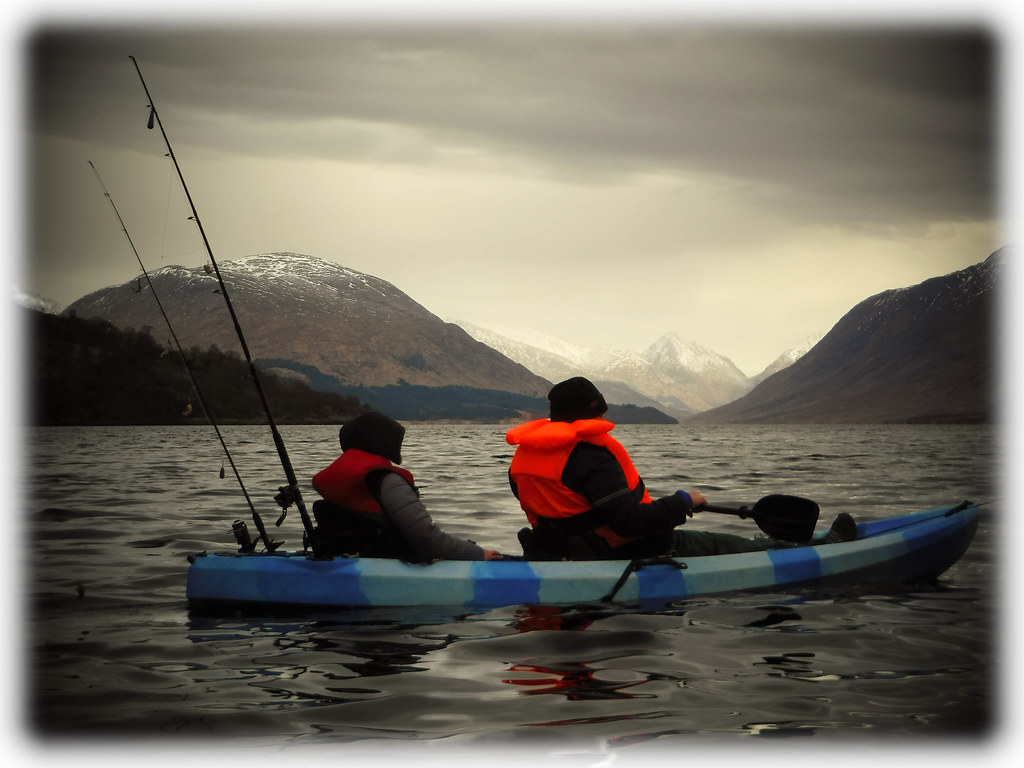











Post Comment